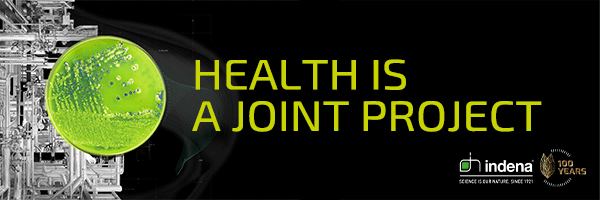Pharmaceuticals
International investor influx in South East Asia 1st March 2018
Geopolitical stability, gradually rising living standards and the introduction of universal healthcare systems is fuelling investor interest across South East Asia – particularly for Indonesia, which is home to the largest and fastest growing market.
The recent rule changes to foreign ownership in Indonesia – increasing from 75% to 100% – have meant that international pharma companies are looking for both regional partners and acquisition targets for a local manufacturing base. This, in turn, has increased the capital access for manufacturers across the region as investors look to ‘get in early’ amongst the best facilities before a potential round of consolidation and an increased interest from multinational pharma companies.
These improving regional conditions are reflected at CPhI South East Asia (27-29th March 2018) – which returns to the Jakarta International Expo (JIExpo) in Indonesia for its seventh edition – where there has been an increase in domestic, regional and multinational manufacturers attending. In total, 41 countries and over 5000 attendees will be present, with 260 exhibitors coming from 22 countries and an increasingly diverse range of industries.
“It’s a very competitive market at present and whilst there is strong investment coming in, the middle-tier of manufacturers in Indonesia are competing to acquire increased scale and our visitors are looking to secure the most robust supply chains that can help them sustain growth in this expanding market. So, although the outlook for growth is very optimistic, it remains a crucial time to build the right supply chain infrastructure and partners,” commented Chris Kilbee, Group Director, Pharma at UBM.
Vietnam- and Philippines-based pharma companies are also regionalizing their approach to sales, with ASEAN economic community and the acceleration of local health insurance schemes contributing to confidence. Generics in both markets are reportedly benefiting, and sales are expanding at just under 10% in the Philippines, which is forecast to reach $7.9 billion by the close of the year.
Kilbee added: “What we also see is a regional network being built. With increased visitors from Thailand, the region’s second largest market, as well as investors and visitors from Singapore – another regional distribution and investment hub”
In response to the increased regional foreign direct investment, CPhI is running an invitation-only Investment Forum to match the key international investors with top tier pharma companies now looking for reliable partners.
In fact, 2018 also sees the introduction of LABworld South East Asia, a new co-located zone to support the laboratory, analytical and biotech equipment industry, which has expanded quickly as companies in the region look to adopt international standards. The Indonesian Institute of Sciences (LIPI) states there are only 500 metrology laboratories and 120 calibration laboratories located in the country – low by regional standards – highlighting another key infrastructure gentrification under way.
The event will also co-locate this year with P-MEC, InnoPack, and the returning ICSE and Health Ingredients South East Asia. This year will welcome the best pharma ingredients professionals, packaging experts, machinery providers and contract manufacturing, as well as nutraceutical companies from across the region – facilitating a strong collaboration between the health and pharma industries.
Dra Maura Linda Sitanggang, PhD Director General of Pharmaceutical Services and Health Devices Ministry of Health, Republic of Indonesia, commented on the event’s role in advancing the pharma industry: “CPhI SEA exhibition is the central forum for the pharmaceutical industry to see the prospects of innovation trends in pharmaceutical raw materials development, packaging materials and production technology.”
For more information please visit: http://www.cphi.com/sea/


